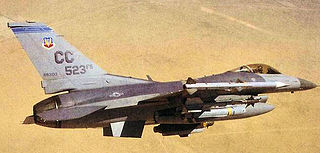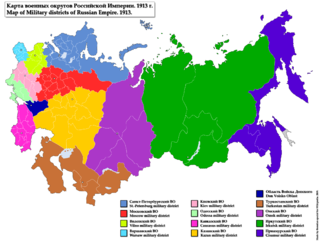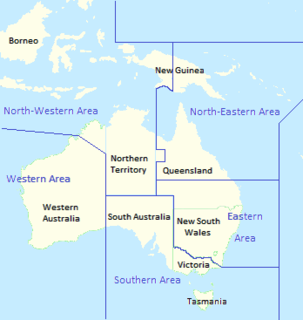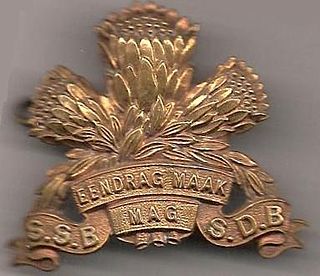 W
WThe 7th Armored Division was an armored division of the United States Army that saw distinguished service on the Western Front, from August 1944 until May 1945, during World War II.
 W
WThe Forth Royal Garrison Artillery and its successors were Scottish part-time coast defence units of the British Army from 1908 to 1956. Although they saw no active service, they supplied trained gunners to siege batteries engaged on the Western Front during World War I.
 W
WThe Pembroke Royal Garrison Artillery was a part-time unit of the British Army that defended the coast of West Wales during both world wars. Although it never saw action in its coastal defence role, it manned a number of siege batteries of heavy howitzers for service on the Western Front and Italian Front in World War I.
 W
WThe 523d Fighter Squadron is an inactive United States Air Force unit. Its last assignment was with the 27th Operations Group stationed at Cannon Air Force Base, New Mexico.
 W
WThe 2nd Glamorganshire Artillery Volunteers was a part-time unit of the British Army that defended the coast of South Wales from 1890 to 1942. Although it never saw action in its coastal defence role, it formed several siege batteries of heavy howitzers for service on the Western Front and Italian Front in World War I.
 W
WThe 3200th Proof Test Group is an inactive United States Air Force unit. It was last active with the Air Armament Center, based at Eglin AFB, Florida. It was inactivated on 1 July 1953.
 W
WThe East Siberian Military District was a Military district of the Russian Empire and the Soviet Union, which existed between 1865—1884, 1920—1923 and 1945—1953. Between 1884-1919, it was known as the Irkutsk Military District.
 W
WEastern Area Command was one of several geographically based commands raised by the Royal Australian Air Force (RAAF) during World War II. It was formed in May 1942, and controlled units located in New South Wales and southern Queensland. Headquartered in Sydney, Eastern Area Command's responsibilities included air defence, aerial reconnaissance and protection of the sea lanes within its boundaries. Its flying units operated fighters, reconnaissance bombers, and dive bombers, and concentrated on convoy escort, maritime patrol and anti-submarine warfare. The size of the area was such that the RAAF twice considered splitting it, but nothing came of this.
The French Battalion of the United Nations Organisation was a battalion of volunteers made up of active and reserve French military personnel sent to the Korean Peninsula as part of the UN force fighting in the Korean War.
 W
WThe Guardia alla Frontiera (GaF), was an Italian Army Border guard created in 1937 who defended the 1,851 km of northern Italian frontiers with the so-called "Vallo Alpino Occidentale", "Vallo Alpino Settentrionale" and "Vallo Alpino Orientale".
 W
WThe 2nd Marine Infantry Parachute Regiment is an airborne regiment of the French Army created in 1947. The regiment is heir to the traditions of the 2nd Colonial Commando Parachute Battalion 2eB.C.C.P. As of 2008, the regiment is stationed at Saint-Pierre, Réunion.
 W
WNo. 1 Long Range Flight was a temporary Royal Australian Air Force unit formed to participate in the 1953 London-to-Christchurch air race. The flight was established in February 1953 and was equipped with three Canberra bombers, specially modified between June and August. Following extensive training, two Canberras departed for the UK in mid-September. The race began on 9 October, and one of the flight's aircraft placed second, with a total flying time of 22 hours and 29 minutes. The other aircraft was forced out of the race when one of its tyres burst while landing at Cocos Island to refuel, but completed its flight to Christchurch after being repaired. After a brief period in New Zealand both aircraft returned to Australia to be modified back to a standard configuration, and the flight was disbanded in November.
 W
WNo. 30 Transport Unit was a Royal Australian Air Force (RAAF) unit that operated during the Korean War. It was formed in November 1950 as No. 30 Communications Unit and based at Iwakuni, Japan, as part of No. 91 (Composite) Wing. The unit was initially equipped with four Douglas C–47 Dakotas and two Austers, one of the Dakotas being the personal transport of Lieutenant General Sir Horace Robertson, commander of the British Commonwealth Occupation Force (BCOF). Another four Dakotas were sent to Japan due to operational demands. The unit's role in Korea was to support No. 77 (Fighter) Squadron by transporting supplies and equipment. It also delivered materials and stores to Australian and Commonwealth ground forces, and transported VIPs of the United Nations Command. Return journeys to Japan were often used to evacuate wounded personnel from the theatre. No. 30 Communications Unit was redesignated No. 30 Transport Unit in November 1951, and re-formed as No. 36 (Transport) Squadron in March 1953. The squadron remained in Korea following the armistice, and returned to Australia in June 1955.
 W
WNo. 683 Squadron RAF was a photo-reconnaissance squadron of the Royal Air Force during the Second World War and from August 1950 to November 1953.
 W
WSouthern Area Command was one of several geographically based commands raised by the Royal Australian Air Force (RAAF) during World War II. It was formed in March 1940, and initially controlled units located in Victoria, Tasmania, South Australia and southern New South Wales. Headquartered in Melbourne, Southern Area Command was responsible for air defence, aerial reconnaissance and protection of the sea lanes within its boundaries. From 1942 its operational responsibilities excluded New South Wales.
 W
WThe Special Service Battalion (SSB) is a South African military unit formed on 1 May 1933 under the patronage of Oswald Pirow, Minister of Defence. The object was to give training to youths, between the ages of 17 and 23, who, in the wake of the 1929 depression, could find no suitable employment on leaving school.